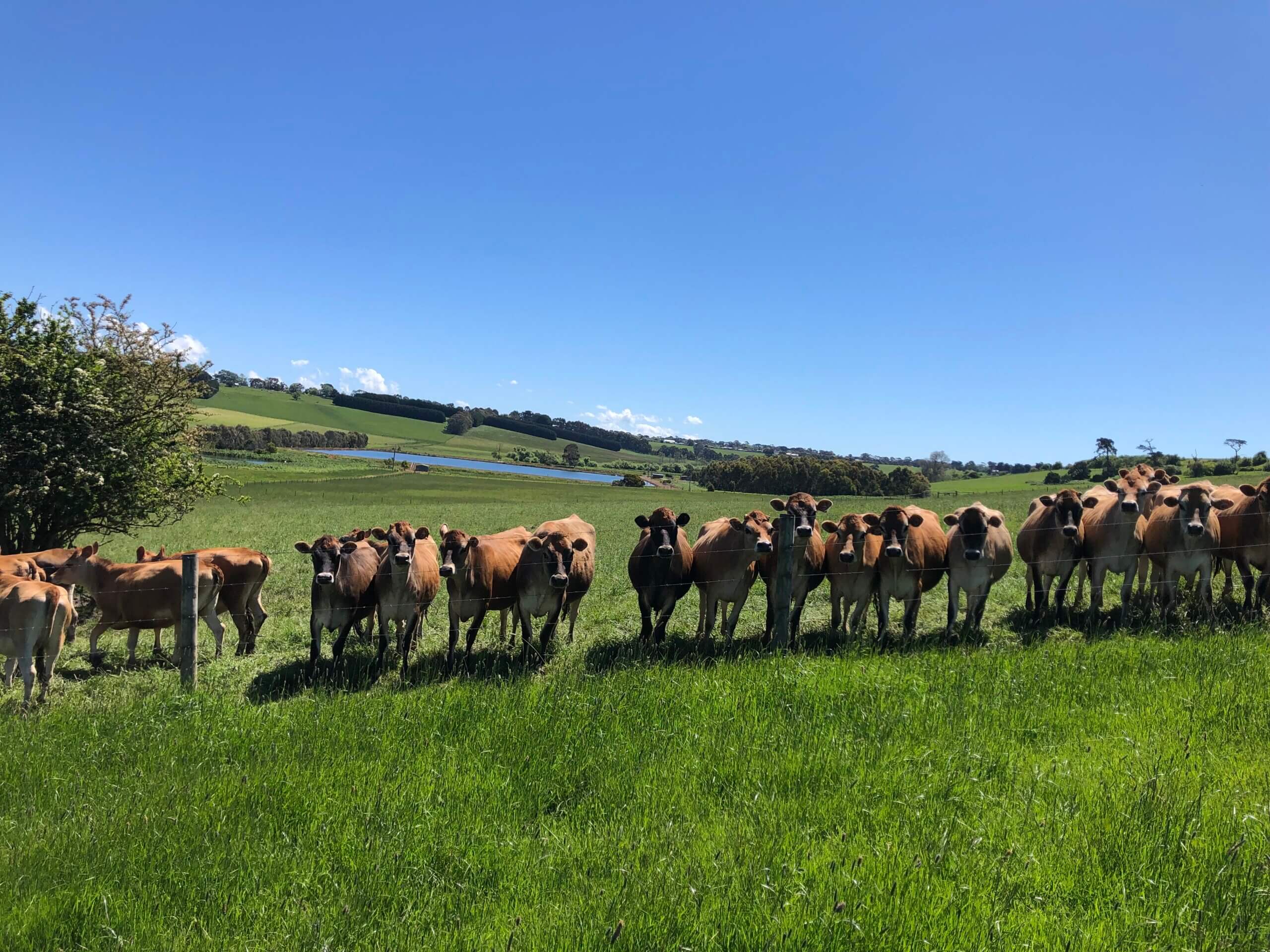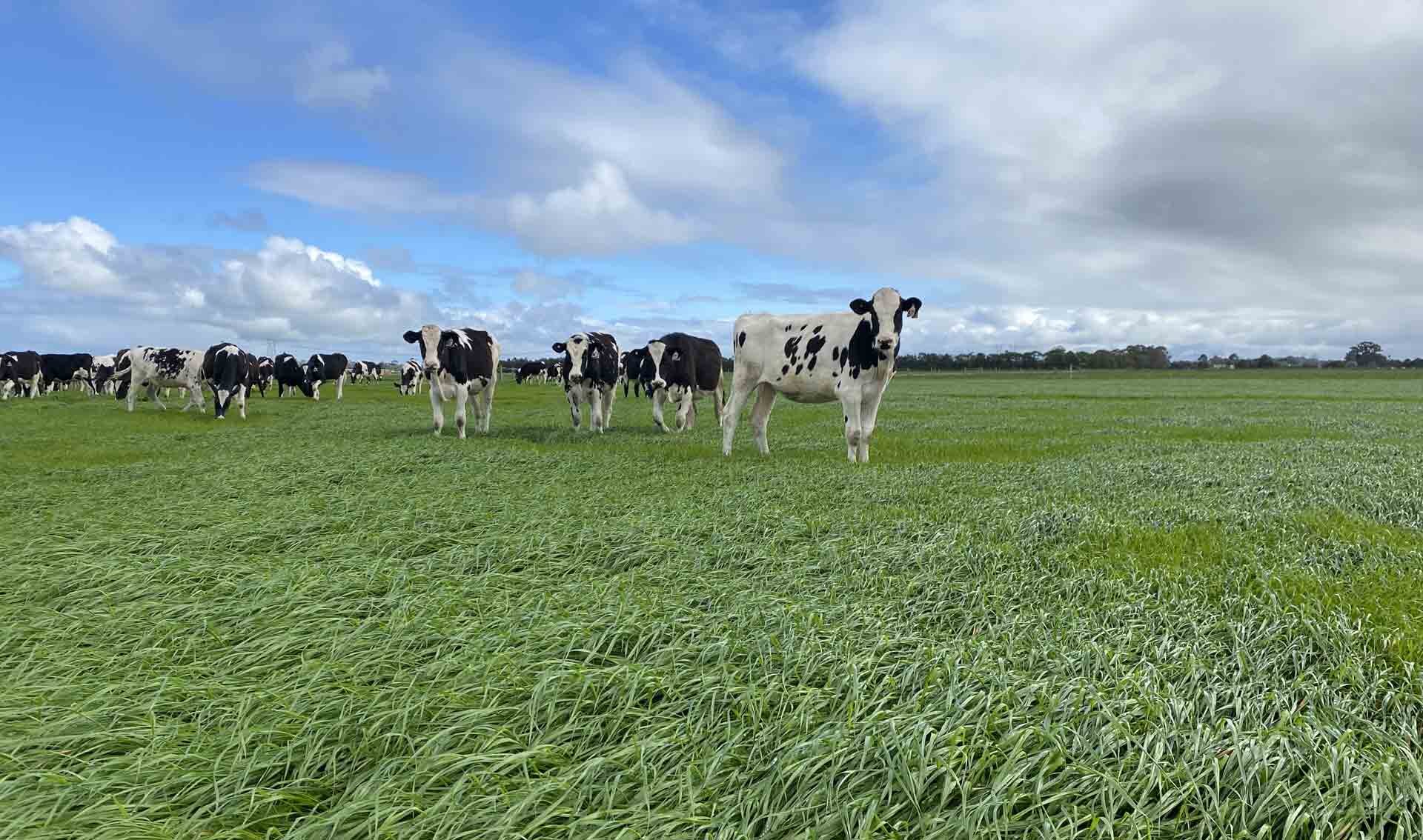Maximising autumn pasture renewal starts with optimising pasture establishment by checking for & eradicating competing weeds & grass – and this can make all the difference in success or sub-optimal establishment of new pasture.
A final check of your paddocks before you spray them out this season is the first step towards establishing strong & persistent pasture. It’s an opportunity to find out what weeds are present, taking pictures if you’re unsure, and getting in touch with your local agronomy team to find out what you need to get rid of them.
It often as simple as this final check.
Peter Notman of Notman Pasture Seeds says even if you’re ticking all the other boxes with good variety selection, adequate soil fertility and start-up fertiliser, this final paddock check before sowing can establish the need to broaden the spectrum of weeds killed in the knockdown sprayout.
“As farmers know, seedling weeds vigorously compete for nutrients, moisture, light and most importantly, space.”
“Young weeds are generally faster growing then ryegrass, fescue & clover seedlings, and if certain weeds are missed in the sprayout then they can often compromise the long term persistency of new pasture”
“We’ll see healthier pastures & improved feed value from an integrated weed management program which starts with a knockdown and includes a system of good specie selection, pasture competition, timely fertiliser and herbicide applications”
Peter says by checking paddocks before sowing, farmers may find they may need to add a companion herbicide to get rid of weeds not controlled well enough by Glyphosate alone. If woody plants are also present, or are the dominant species, consider products labelled for brush control.
“Spraying with Glyphosate and a premium penetrant such as Techdeck Penetrant is generally the first step, but we’re also eradicating weeds such as marshmellow, annual nettles with the addition of Rage Carfentrazone 400”
“And the great thing is, we can select these optional companion sprays and still have zero plantback or grazing withhold periods – which quickens the sprayout process and onto re-sowing pasture”
It’s critical to optimise paddock weed control before re-sowing into ryegrass and clover blends, as options pastures containing clover can be severely limited, depending the weed type.
“If you miss some of the weeds in the sprayout, it’s often your last chance to get rid of them in clover and ryegrass based pastures”
Alternatively, 4 to 6 weeks after pasture germination use a post emergent program to suppress weeds in ryegrass & clover paddocks. Aim to spray the weeds before they get six true leaves, don’t let them get too big and get in a salvage situation.
When effective agronomic practices are integrated with a tactical herbicide program, the result is a more cost effective weed control program.
“Ultimately we’ll see better pasture performance and optimise yield potential by favouring the pasture over the weeds. This final check can reduce weed growth, minimising weed seed set and reduce costs of spraying weeds later on”.
Get in touch with Notman Pasture Seeds on (03) 5659 2314 for any of your agronomy questions








